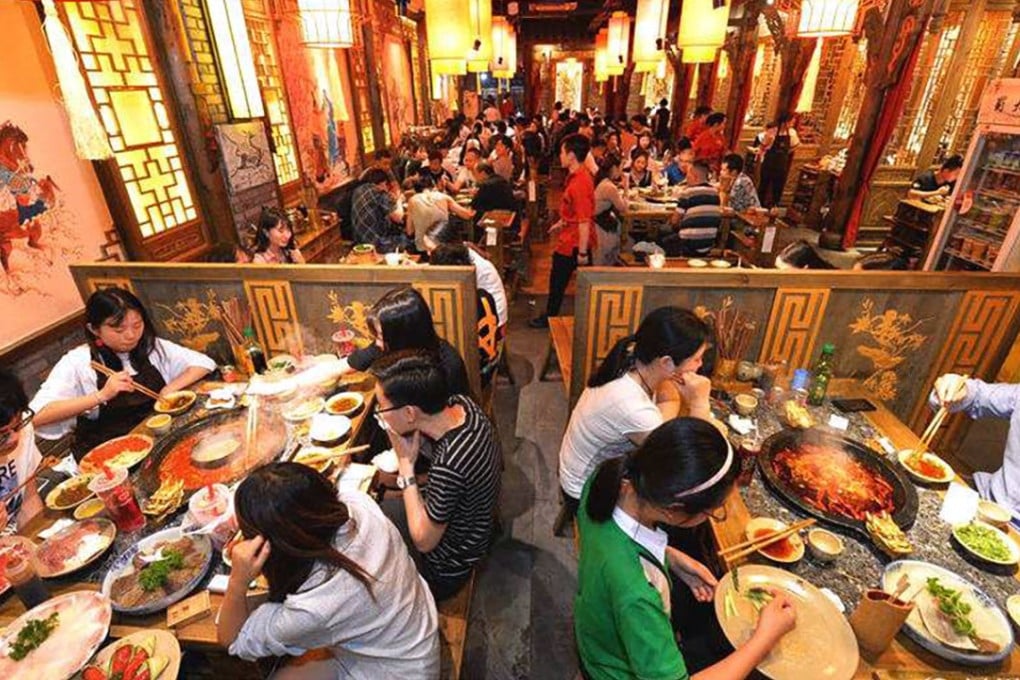What is Chinese hotpot and where does it come from? The questions that boiled over into a national controversy
With different parts of China all laying claim to the title of hotpot’s hometown, we look back at the history of the dish in all its different varieties

The decision by a town in southeastern China to declare itself the home of hotpot prompted a backlash from other parts of the country, which all have their own views on the correct way to make the dish.
It is little surprise that they reacted in the way they did. It is, after all, one of the most popular dishes in the nation of 1.4 billion people and comes in a huge variety of recipes ranging from the fiery to the fragrant.
Many of these regional variations have now spread across the world and can be found in restaurants from Nairobi to Buenos Aires.
It is also big business. Hotpots account for 22 per cent of the dishes sold at restaurants across the country, according to a 2017 report from food industry giant Dianping-Meituan.
One of the main hotpot franchises, HaiDiLao, is lining up investors for what looks to be a nearly US$1 billion initial public offering in Hong Kong.
So as the row about the dish’s true origins continues to bubble away, we look at the different varieties found across this sprawling nation.
So what is a hotpot?
It depends on who you ask. The basic formula is the same: a shared simmering, bubbling vat of broth in which the diners cook their meats, vegetables and other ingredients.